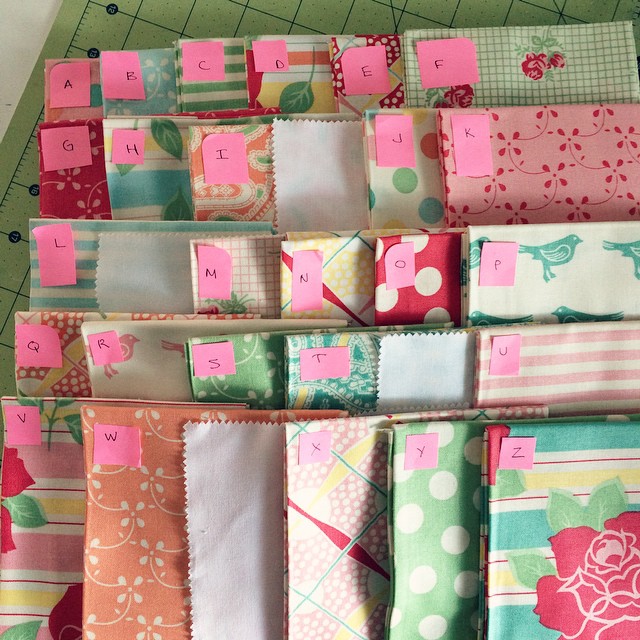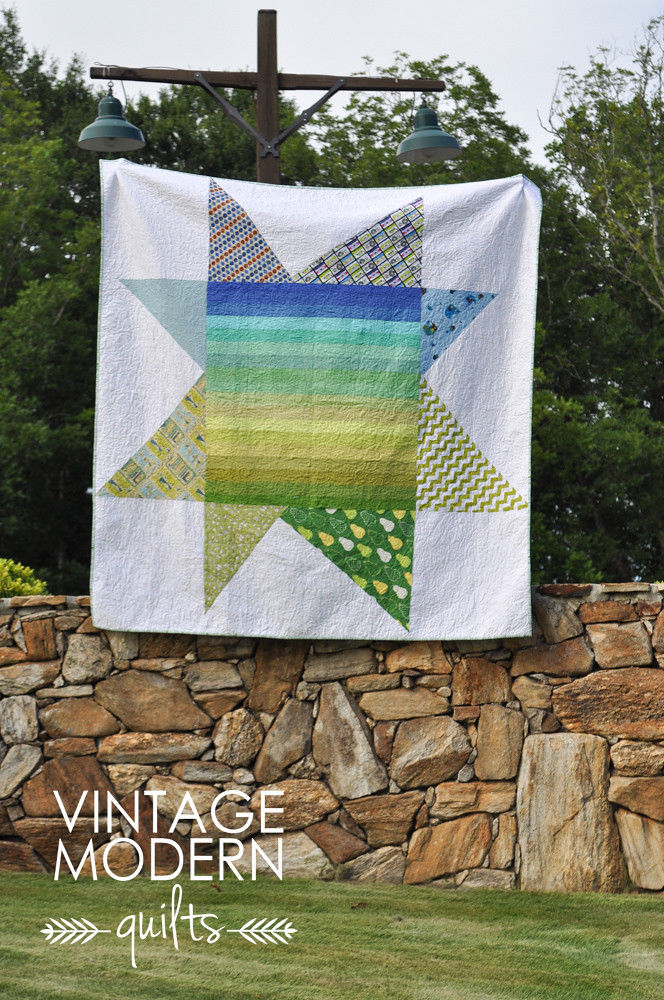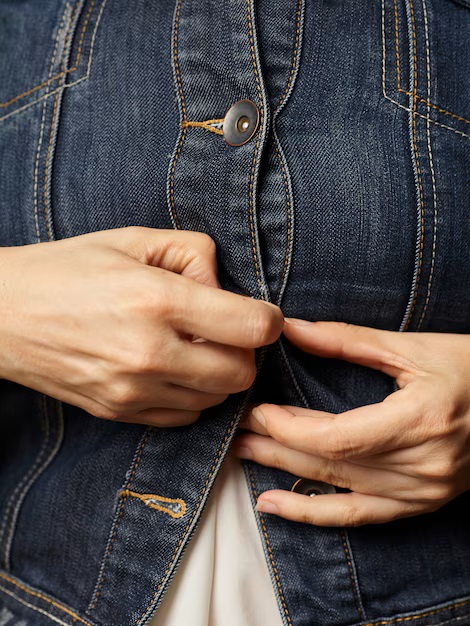Exploring the Art and Techniques of Negative Space Quilts for Creative Quilters
To create stunning patchwork pieces that highlight the unused areas, focus on contrasting colors. Select a bold hue for the primary shapes while keeping the background in a lighter, subtler shade. This contrast emphasizes the intended design, allowing the eye to appreciate the interplay between filled and vacant segments.
Experiment with asymmetrical layouts. Placing your motifs off-center can create a sense of movement and intrigue. Instead of symmetrically arranging your patterns, aim for an uneven distribution that draws attention to the vacant parts of the fabric, effectively enhancing the overall aesthetic.
Incorporating negative outlines can also elevate your projects. Cut out shapes from one fabric and place them over a contrasting piece. This technique highlights the background while allowing the cutouts to become a focal point, adding depth and dimension to the overall composition.
Consider layering different textures. Mix fabrics such as cotton, velvet, and linen, exploring how each material reacts with light and color. The physical differences between textures can enhance the visual appeal of the unused areas, introducing complexity that invites closer inspection.
Finally, utilize quilting techniques such as stitching in the ditch to accentuate the outlines of your design. This method not only secures the layers together but also creates a subtle framework that enhances the visibility of the negative areas, bringing an added sophistication to your work.
Choosing the Right Fabrics for Negative Space Designs
Select fabrics with high contrast to highlight unique shapes in your composition. Dark tones against light ones create distinct outlines, enhancing the visual impact.
Fabric Types to Consider
| Type | Characteristics | Usage |
|---|---|---|
| Cotton | Soft, durable, wide color range | Ideal for most quilt projects |
| Linen | Textured, breathable, slightly wrinkled | Adds depth to designs |
| Muslin | Plain weave, affordable, thin | Good for backgrounds or test blocks |
| Batiks | Colorful, unique patterns, dye techniques | Adds visual interest to specific areas |
Color Selection Strategies
Utilize a color wheel to find complementary shades. This will ensure your selections create compelling designs that draw attention to the focal points.
Experiment with gradients to achieve smooth transitions and subtle shifts in tones, enhancing the dimensionality in your project.
Techniques for Cutting and Arranging Fabric Pieces
Utilize sharp rotary cutters with a reliable cutting mat for precision. Position your fabric layers flat and smooth to avoid shifting during the cutting process. Ensure all edges are aligned perfectly before making cuts.
Incorporate templates to maintain consistent shapes. Create templates from cardboard or acrylic for durability. Trace the templates onto your fabric with a fabric marker for accurate cutting.
Consider combining contrasting colors for striking visual effects. Arrange fabric in a way that highlights negative areas for contrasting designs. Use light and dark shades side by side to enhance depth and dimension.
Experiment with layering techniques to develop interest. Stack different fabric pieces and cut them simultaneously, which can yield multiple shapes at once. This method saves time and guarantees uniformity.
Take advantage of geometric arrangements. Play with angles and orientations to create dynamic patterns. Place pieces at varied angles to maximize visual impact.
Always press fabric after cutting to achieve clean, crisp edges. This helps prevent fraying and keeps pieces uniform in size. A hot iron with steam works best for this step.
Keep your workspace organized. Utilize containers or bins to sort cut fabric pieces by color or shape, facilitating quick access during the assembly phase. Maintain a clear area to lay out arrangements before sewing.
Engage in mock layouts by placing unsewn pieces on a design wall or flat surface. Adjust and rearrange until satisfied with the composition. This step allows for experimentation without commitment.
Utilize basting stitches for temporary holding of fabric before final sewing. This method allows for adjustments and ensures pieces remain in place during assembly.
Incorporating Color Theory in Negative Space Quilting
Utilize the color wheel to select harmonious palettes. Choose analogous colors, which are adjacent on the wheel, for a cohesive look that guides the eye smoothly across the quilt.
Consider complementary colors, found opposite each other, to create striking contrasts. This approach highlights the quilt’s shapes and draws attention to specific areas, enhancing visual interest.
Employ tints and shades to add depth. Mixing colors with white creates tints, while combining with black produces shades. This variation can bring dimension to the quilt, making certain elements pop or recede.
Balance warm and cool tones to influence mood. Warm colors can evoke energy, while cool shades tend to feel calming. Use this understanding to convey emotion through your fabric choices.
Experiment with saturation levels. High saturation draws focus, whereas muted tones can create a serene backdrop. Combining different saturation levels can establish a clear focal point.
Incorporate neutrals strategically. These can provide a break in a colorful design and allow the vibrant fabrics to stand out more. Use whites, blacks, or grays to frame your pieces effectively.
Lastly, test out different combinations before committing. Small swatches can help visualize how colors interact, ensuring a harmonious outcome in your finished piece.
Stitching Methods to Highlight Negative Space
For impactful designs, consider using contrast stitching. Choose a thread color that stands out against the fabric, emphasizing the unembellished sections.
Incorporate echo quilting, where parallel lines follow the shapes within your composition. This creates depth and draws attention to the areas left untouched.
Experiment with free-motion quilting to create organic shapes or swirling patterns in the open spaces. This technique allows for personalized expression while framing the pieced elements.
Outline stitching can define the edges of shapes, illuminating the voids. Use a simple straight stitch or decorative stitch to achieve defined perimeter lines.
- Utilize varying stitch lengths to add texture; longer stitches create a softer appearance, while shorter stitches can intensify focus.
- Consider choosing alternative threads, such as metallic or variegated options, to enhance visual interest in the open areas.
Another option is to create shadow effects by incorporating dual-thread stitching, where one thread is darker than the other. This can give an illusion of depth in unstitched sections.
- Start with a basic quilt sandwich to practice your chosen method.
- Use a contrasting color to quilt the main elements first.
- Fill in the remaining areas with your selected method to ensure cohesive flow.
For a minimalist approach, consider stitch-in-the-ditch techniques that subtly highlight pieced shapes without overwhelming the project. This keeps the focus on the overall design.
Lastly, test ideas on smaller samples before applying them to larger works. This allows you to visualize the impact of your chosen methods on the overall aesthetic.
Using Templates and Patterns for Consistent Results
Employ templates to ensure uniformity in your projects. Choose a sturdy material, like plastic or cardboard, to create templates that withstand multiple uses. This will help you cut fabric pieces accurately, minimizing discrepancies.
When selecting patterns, opt for those with clear instructions and well-defined shapes. These guides eliminate guesswork and assist in achieving precise placements. Print or trace patterns at a consistent scale to maintain proportionality throughout your work.
Consider utilizing digital tools to adjust templates to your desired dimensions. Many software options allow resizing without losing clarity, providing versatility to suit different fabric sizes.
Stack fabric layers when cutting shapes. This method saves time and guarantees uniformity, as you’ll produce several pieces at once. Ensure that all layers are aligned properly before cutting.
Mark seam allowances on your templates to streamline sewing. Accurate markings prevent confusion and help maintain straight lines, leading to polished final products.
Experiment with different fabric combinations using templates. This practice encourages creativity while preserving the overall structure of your design. Swatch various color schemes on your templates before committing to large cuts.
Store your templates systematically, using labeled folders or boxes. This organization simplifies access and allows you to replicate successful designs quickly.
Regularly evaluate your templates for wear and adjust as needed. A well-maintained template ensures ongoing precision in your endeavors.
Showcasing Your Negative Space Quilt: Presentation Tips
Choose a well-lit, neutral background to enhance the quilt’s design without distraction. Natural light or a soft, diffused lamp can illuminate the piece, revealing textures and colors effectively.
Framing and Displaying
Use a simple frame or a piece of hanging hardware that does not overwhelm the artistry. Consider a lightweight wooden frame to add warmth while maintaining focus on the quilt itself. Wall mounting can create a stunning visual impact, making it a focal point in any room.
Contextual Presentation
Incorporate props that complement your artwork without overpowering it. Furniture or accessories with subdued tones work well to highlight your craft. Placing the quilt in a space where it will be used, such as on a cozy sofa or draped over a chair, provides context and invites viewers to appreciate its functionality.
Q&A: Negative space quilts
How can modern quilters incorporate negative space in a quilt to create striking modern quilt designs?
Modern quilters often incorporate negative space in a quilt by allowing large areas of solid or low-volume fabric to surround or separate quilt blocks. This space around the blocks highlights the design and adds a minimalist aesthetic. Quilts using negative space rely on the contrast between positive and negative space to create visual balance, allowing the quilting motifs or the structure of the quilt top to shine.
What design techniques from Sylvia Schaefer’s Quilter’s Negative Space Handbook help quilters explore the concept of negative space in modern quilting?
Sylvia Schaefer’s Quilter’s Negative Space Handbook explores design techniques such as mirroring, shifting, and cropping blocks to create quilts with negative space. The book encourages quilters to rethink traditional layouts and use negative space as a primary design element, not just background. Sylvia’s book also includes quilt patterns and tips for modern quilters who want to experiment with large areas of empty space and innovative quilt design.
Why do quilts with negative space often stand out in the modern quilting movement and at shows like QuiltCon?
Quilts with negative space often stand out because they emphasize minimalism and bold design choices. At shows like QuiltCon, these quilts showcase the use of negative space around bold blocks or intricate quilting motifs, turning what might be blank space into a powerful design element. This approach reflects the modern quilting movement’s focus on innovation, asymmetry, and creative use of space in the overall composition.
How can the use of negative space enhance machine quilting in modern quilt patterns?
The use of negative space enhances machine quilting by providing large, open areas where quilting motifs can become a focal point. In modern quilt patterns, quilters often use free motion or longarm quilting to fill these areas with texture, contrast, or movement. Negative space in quilting allows for more freedom in the design process and turns the quilting itself into a feature of the finished quilt.
What makes the quilt along experience with quilts using negative space different from working with a traditional quilt design?
A quilt along focused on quilts using negative space encourages participants to think differently about layout, balance, and fabric choices. Unlike traditional quilt designs that fill the entire quilt top with repeating blocks, these quilt alongs invite quilters to embrace blank space, asymmetry, and minimalism. The shared experience also allows modern quilters to see how others interpret and apply the concept of negative space in their own unique way.
How can a quilter use negative space around quilt blocks to turn another quilt into a modern interpretation of a traditional design?
A quilter can modernize a traditional design by adding negative space around quilt blocks, rather than connecting them edge to edge. This allows each block to breathe and become a focal point. By isolating motifs such as flying geese or stars, and using minimal color palettes, a traditional pattern can be transformed into a modern quilt using negative space as a central design strategy.
How can a modern quilter use the quilting itself to enhance areas of the quilt with a lot of negative space?
A modern quilter can use the quilting to add texture, movement, or contrast in areas of the quilt with a lot of negative space. This turns empty space into a dynamic design element. Quilts often feature echo lines, geometric motifs, or organic patterns quilted directly into the negative space, transforming it from a blank background into an integral part of the composition.
Why do many quilters who love modern quilts find inspiration in Sylvia Schaefer’s Negative Space Handbook Blog?
Quilters who love modern quilts find Sylvia Schaefer’s Negative Space Handbook Blog valuable because it offers design strategies that focus on how negative space can be used creatively. Her work, including examples from Flying Parrot Quilts, helps quilters understand how to balance positive space and negative space, often showing how even two quilts with similar blocks can look completely different depending on how the space around them is treated.
What makes quilts often designed by Sylvia Schaefer stand out in the modern quilting world?
Quilts often designed by Sylvia Schaefer stand out because of her bold use of negative space and innovative layouts. Her patterns from Flying Parrot Quilts emphasize how negative space can be used to break away from traditional layouts, allowing for asymmetry, minimalism, and strong visual impact. Her approach is especially appreciated by the modern quilter looking to make a quilt that feels fresh and original.
How can the comparison between two quilts help a quilter understand the balance between positive space and a lot of negative space?
Comparing two quilts—one with traditional block-to-block layout and one that features a lot of negative space—helps a quilter visualize how the same elements can create dramatically different results. The use of positive space focuses on dense pattern, while negative space can be used to isolate and highlight quilt motifs. This contrast is often explored by modern quilters like Sylvia Schaefer to demonstrate the power of space as a design tool.



